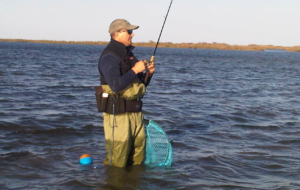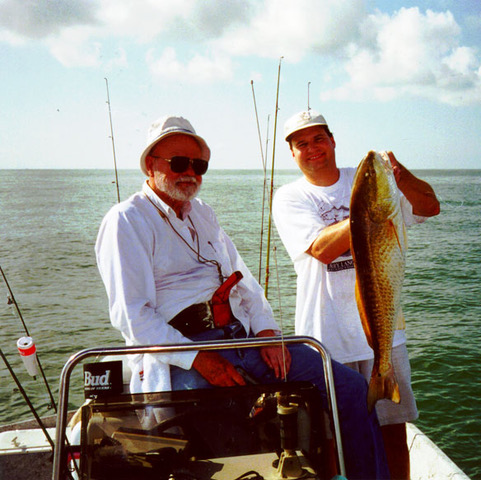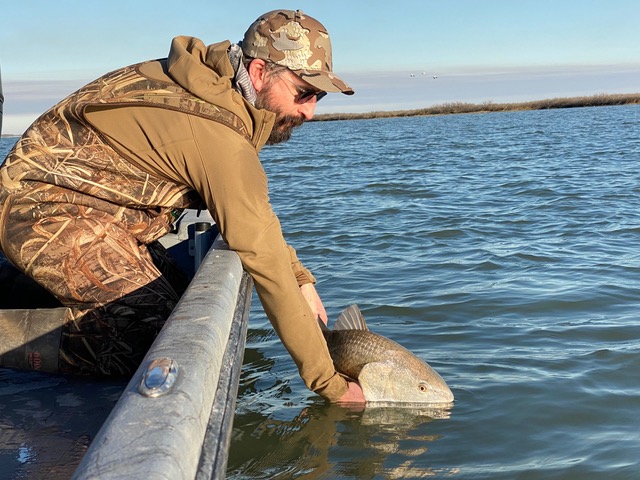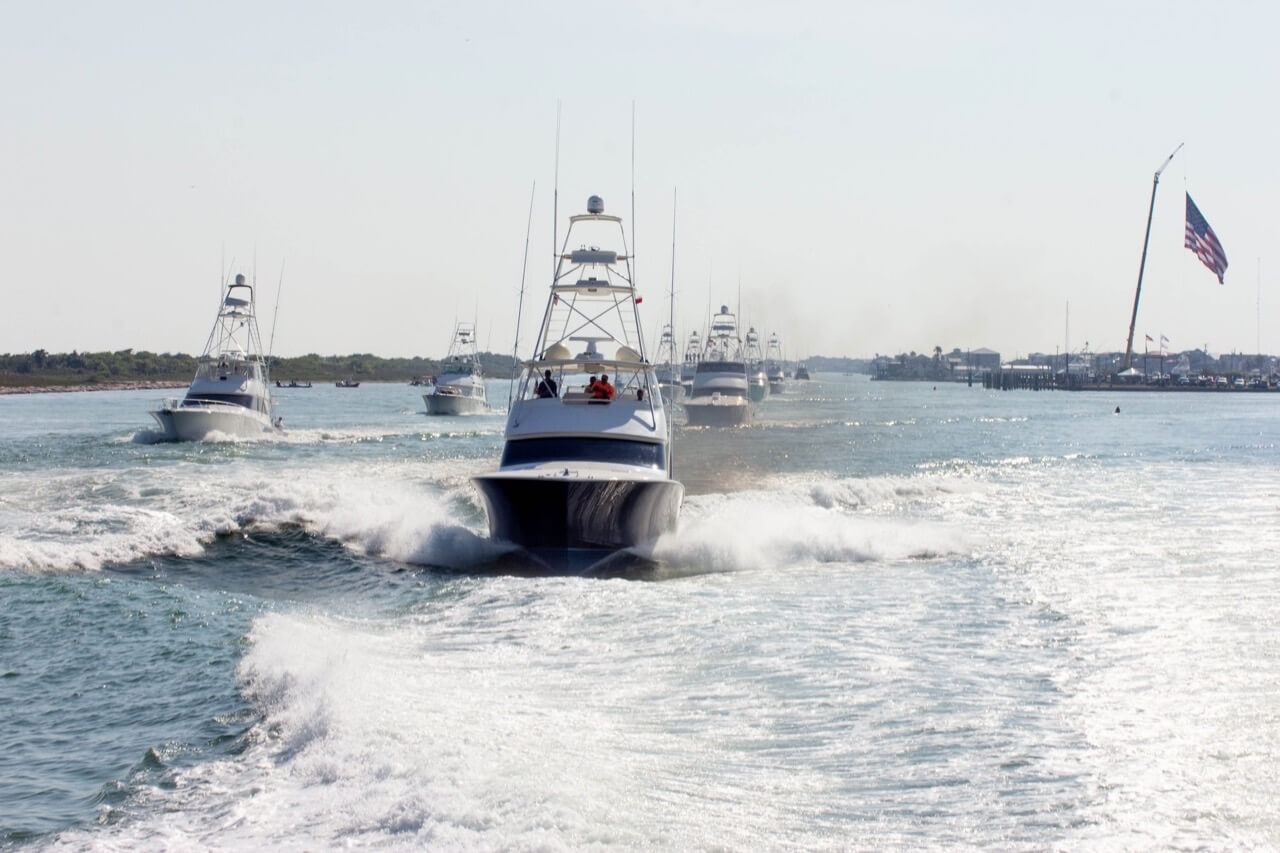I have always identified with the old adage ‘Fish When You Can Go’ and I always figured it meant just what it seems, the best time to go fishing is any time you can actually go! This means you will experience some of the very best days of your life on the water but it also means you will fall victim to some of the worst!
Now a bad day of fishing is surely better than a good day at work, we all agree. But there are times when you just should not be out on the water. These are times when the wind is roaring out of the North and the conditions for small craft advisories are in affect and everyone thinks you are plain nuts for braving the bay. I whole heartedly agree that you should not be out there but then there are times when experienced boaters and anglers can get around the weather and have a safe day on the water. Further, I have found that with todays shallow running boats you can avoid the majority of these less than perfect rough water conditions and not only survive them but catch some decent boxes of fish by running tighter on the shorelines and avoiding the severe chop of the wind blown swells!
If you can wait a day or two though you may find there are plenty of other things you can do instead of fishing on that day when it’s the worst. Usually a strong North wind around these parts of the coast pushes our waters toward the South shoreline and holds it in place until the wind calms and the water can drain out of the natural and man made passes in our bay system. Given a strong cold front with winds like the one coming in right now at this writing where they reach 30 to 40 knots, you can expect a huge drain off in a couple days. The challenge you will face is where to go now that the water is super low in the bays and 30 degrees cooler than a few days ago. This is where some experience and common sense comes into play.
Blowing cold wind at night sends me right to bed in pajamas made of fleece and a long sleeved t-shirt! Covered in every blanket I can find and sleeping close to my wife, son and dogs curled up beside me is my idea of surviving a strong cold front! What can the fish do that is a similar way to survive a cold blast where the water temperatures drop suddenly 10 to 20 or more degrees over a couple of days and the water levels they were used to are reduced to mere inches and are frigid? They go deep! There is this wonderful man made creation from years ago called the Intracoastal Waterway or ICW and it’s 12 to 15 feet deep in most places running from Boston to Brownsville. The fish use this ICW all year long but especially during the survival times where the mercury gets less and less red.
Fish are smart enough to figure out early in the Fall that things will be changing soon and they have a built in survival technique that allows them to take cover when the times come. If you think about this it makes total sense and it makes you wonder why you didn’t think of it sooner. I can say that of all the winter fishing I have done over the years I spent way too many of those days in 45 degree water temps and a foot or two of water wondering why I wasn’t seeing any bait and dang sure wasn’t getting any fish to bite. Talking to many guides over the years and sitting in on presentations at boat shows and other anglers nights out in addition to running guided fishing trips for over six years, I realized the best way to learn this is experience gained from others and trial and error on my part. Finally I’m at a point where I sort of understand where to look for these cold water conditions fish!
Concentrate on the ICW and other similar deep passageways but look for guts coming out of it and adjacent two to three foot flats where the fish can come up to bask in the warming shallower water of a sun filled day but deep enough to provide a quick escape when things go cold on them. Realize these guys are cold blooded and will be moving and eating much slower during these times than what you may be used to during warmer water conditions. Similar to Croaker fishing in the Summer, give the fish that bites your bait a two to three second period of taking the bait in their mouths to be sure you can make a good hook set. Too early on the set and you may miss the fish since they hadn’t had enough time to move their jaw bones enough to eat it. Likewise don’t wait six to ten seconds because if this is a smaller fish or throwback you don’t want that hook in so far it kills the fish to remove the hook. Pay attention to the pace of the bite and let the fish teach you the timing of what to expect on their feeding pattern because they will likely all be on the same program. It’s the angler that can adjust easily and land more fish for the dinner table or enjoy a catch and release day whilst freeing the fish less harmed and able to fight another day!
Enjoy this period of time on the water even with changes in water levels and temperatures. Some of the best ways to learn your bay system is to get out when the water is the lowest. This way you can learn where the reefs begin and end and you can find obstacles in the water that pose a threat to your vessel so you now know how to avoid it. Mark those in your mind and on your GPS and it will give you more confidence the next time the water levels are normal and you are running through the open bay. Customers of mine are puzzled and impressed when I can explain what cannot be seen on the waters surface. Knowing the bottom of the bay floor will help in so many ways and most important will contribute to the safety of your trips and the success of your angling experience. Don’t forget though when running under these conditions that you may be alone out there so travel in packs and make the investment of a towing service which offers a yearly rate to cover you. I guarantee it’s cheaper to pay now versus later when you will fork over tons of hard earned cash to get your boat and yourself out of a potentially dangerous situation.
Capt Stephen Boriskie
First Mate Vacation Rentals
Port O’Connor Texas







